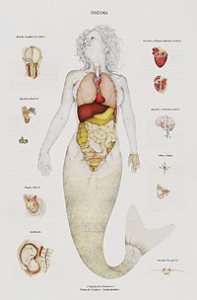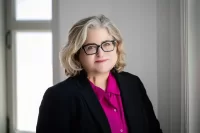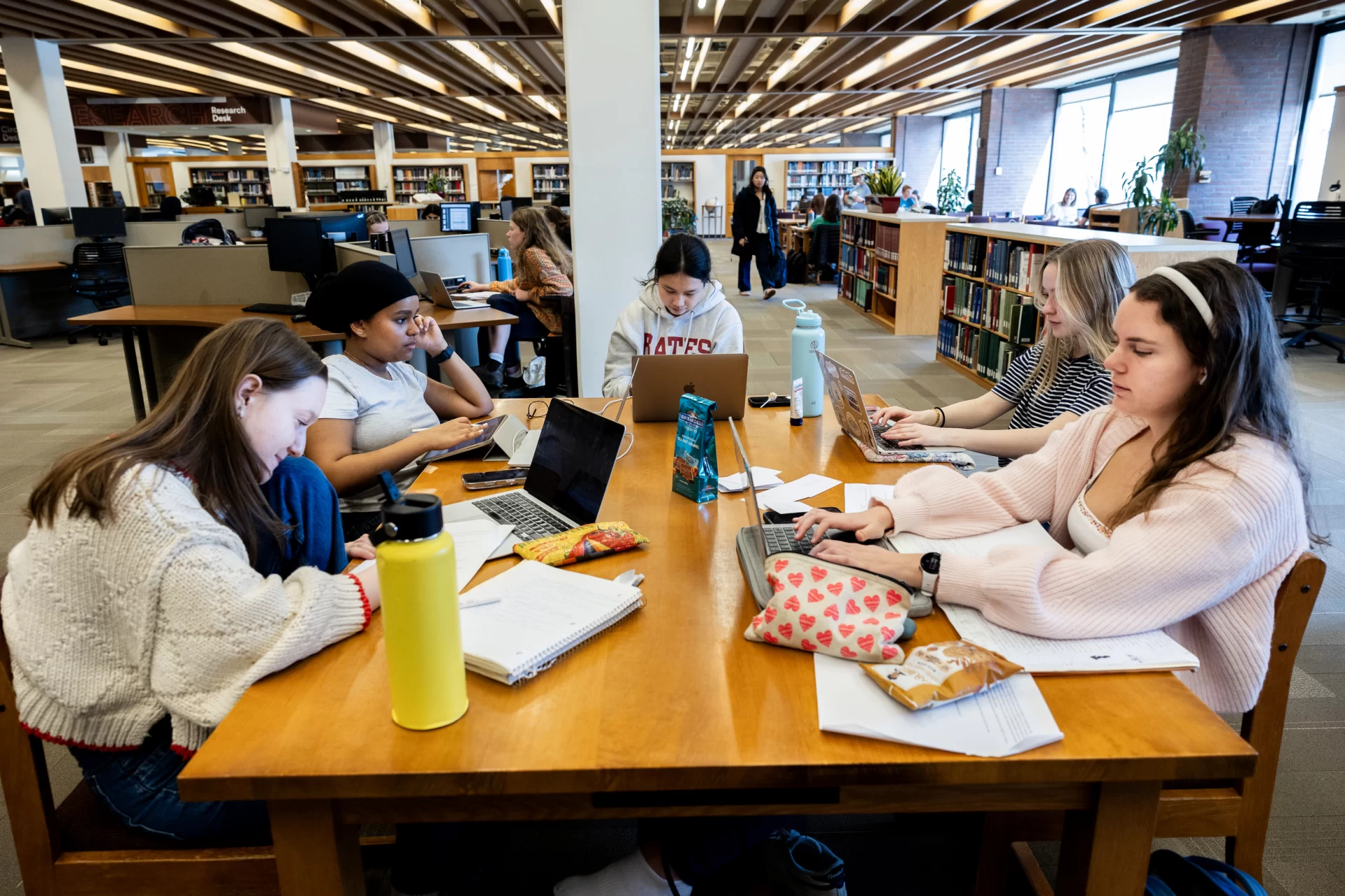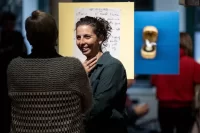
Symposium examines intersection of art and cryptozoology
A symposium at the Bates College Museum of Art this weekend relates the visual arts to cryptozoology, the study of unknown, rumored or hidden animals.
Treating issues of cryptozoology, science and art, the symposium Out of Time Place Scale takes place at the museum Friday and Saturday, Oct. 28-29. Friday’s keynote speaker is cryptozoologist Loren Coleman, an authority in the field and the founder of the Cryptozoology Museum in Portland, where he lives. An exhibition relating to cryptozoology opens at the museum in June 2006.
The event begins at 6:30 p.m. Friday and will include artist presentations, panel discussions and films. For a complete symposium schedule, click here. Admission to the museum and its special events is free. For more information, call 207-786-6158 or visit the museum on the Web.
Cryptozoology, the study of animals that roam the unmapped regions between reality and legend, has given us the quests for the Loch Ness Monster, Bigfoot and the Abominable Snowman. But it has also revealed animals that are now part of the classified natural world.
Cryptozoologists are often maligned as crackpots or publicity hounds — until a “real” discovery is made and previously skeptical scientific authorities shamelessly celebrate the “find,” as in the cases of the giant panda, the komodo dragon and the coelacanth. Then cryptozoologists go on to the next search and the cycle begins again. This consensus subjectivity offered in the guise of objectivity is the linchpin linking the practices of cryptozoology to those practices of contemporary art.
It’s a pursuit, says museum director Mark Bessire, “where the disciplines of science and art share a mutual focal point: a desperately desired visual encounter.”
Coleman’s books include Tom Slick: True Life Encounters in Cryptozoology (Linden Publishing, 2002); Bigfoot! The True Story of Apes in America (Paraview Pocket Books, 2003); and The Field Guide to Lake Monsters, Sea Serpents, and Other Mystery Denizens of the Deep (Jeremy P. Tarcher, 2003), of which he is a co-author.
Artists attending the symposium include Rachel Berwick, Ellen Lesperance, Mark Dion, Sean Foley, Alexis Rockman and Jeffrey Valance. A publication and film series will be produced in conjunction with the 2006 cryptozoology exhibition. The exhibition is curated by Bessire and Raechell Smith, director of the H&R Block Artspace at the Kansas City Art Institute, and is organized by the Bates museum and the Block Artspace.



